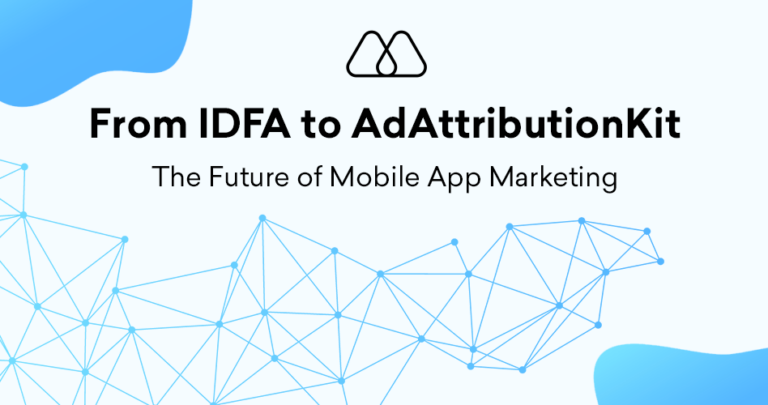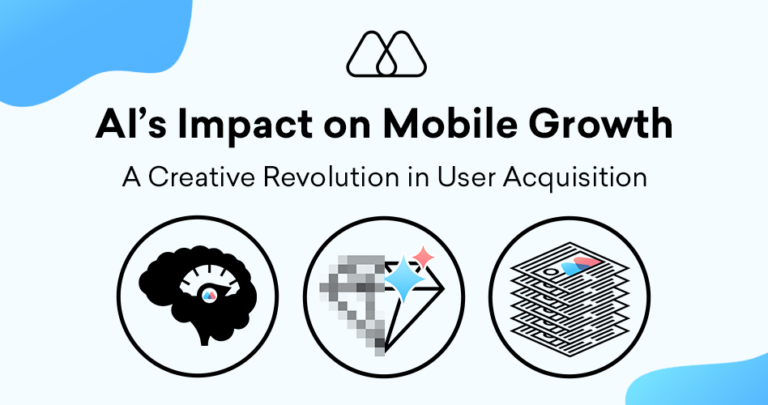In the realm of digital marketing, where precision and privacy increasingly intersect, Facebook’s Aggregated Event Measurement (AEM) has emerged as a pivotal tool. This article explores AEM, its implications for advertisers, and how it aligns with broader privacy measures like Apple’s App Tracking Transparency (ATT) framework.
What is Aggregated Event Measurement (AEM)?
Aggregated Event Measurement is a protocol introduced by Facebook to adapt to new privacy regulations, specifically Apple’s ATT policy that restricts data sharing unless users opt into tracking on iOS devices. AEM allows for event measurement from iOS 14 users in a way that supports privacy but still provides advertisers with the data needed to evaluate campaign performance effectively.
Strategic Importance of AEM
The introduction of Aggregated Event Measurement marks a significant shift in how marketers approach campaign tracking and measurement on one of the world’s largest advertising platforms. It ensures that businesses can continue running effective advertising campaigns while respecting user privacy preferences, and aligning marketing practices with the latest compliance standards.
1. Understanding the Functionality of AEM
AEM limits the sources from which advertisers can collect data and restricts data reporting to only eight conversion events per domain that advertisers can rank based on priority. This limitation meant marketers must be strategic about which events they track, typically focusing on those most indicative of user engagement and business impact, such as purchases or sign-ups. In the latest versions of AEM, this restriction no longer applies, and we can track and measure more events.
2. Impact on Campaign Strategy
The implementation of AEM necessitates a shift in campaign strategy for marketers:
- Prioritization of Events: Marketers need to identify which conversion events are most critical to their business outcomes and make sure there are enough events to optimize with
- Optimization for Value: With modeled data points, optimizing for high-value conversions becomes essential. Marketers may need to adjust bidding strategies to focus more on conversion value versus volume.
3. Adapting to a Privacy-First Advertising Environment
AEM is part of a broader movement towards enhancing user privacy:
- Privacy by Design: Ad campaigns must be designed with privacy at their core, ensuring compliance with platform guidelines and legal standards.
- Transparency with Users: Clear communication with users about data usage can help improve opt-in rates and maintain data availability for tracking and optimization.
4. Utilizing Advanced Measurement Techniques
To compensate for the data limitations imposed by AEM, marketers can employ advanced analytical techniques:
- Predictive Analytics: Using machine learning models to predict outcomes based on limited data.
- Segmentation Strategies: Refining audience segments to ensure more targeted and effective advertising.
5. Long-term Implications for Digital Advertising
The shift to privacy-centric models like AEM signals long-term changes in digital advertising:
- Increased Focus on First-Party Data: As third-party data becomes less accessible; the importance of first-party data grows. Brands will need to enhance their data collection strategies.
- Innovation in Ad Tech: New technologies and methodologies may emerge to address the challenges posed by privacy regulations.
Challenges in Implementing AEM
While Aggregated Event Measurement offers a pathway to compliance and effective advertising in a privacy-focused world, it presents challenges:
- Learning Curve: Marketers must understand and adapt to the limitations and best practices of using AEM effectively.
- Integration Complexity: Integrating AEM with existing marketing tools and strategies requires careful planning and execution.
Facebook’s Aggregated Event Measurement is a crucial development in digital advertising landscape, reflecting a shift towards greater privacy and data compliance. Understanding and leveraging AEM is essential for advanced app marketers to maintain a competitive edge in performance marketing. By prioritizing high-value conversion events, respecting user privacy, and employing advanced analytics, marketers can navigate the challenges of AEM and continue to drive impactful advertising campaigns.
Key Takeaways
- Prioritize Key Conversion Events: Focus on the most impactful events to maximize data effectiveness.
- Embrace Privacy-First Strategies: Develop advertising campaigns with privacy as a foundational element to comply with new norms and user expectations.
- Leverage Advanced Analytics: Compensate data limitations with sophisticated analytical techniques and technologies.
- Adapt to Changing User Behaviors: Monitor and respond to shifts in user engagement and privacy preferences to refine campaign strategies.
- Invest in First-Party Data: Building robust first-party data capabilities becomes crucial for sustained marketing success, as reliance on third-party data decreases.




